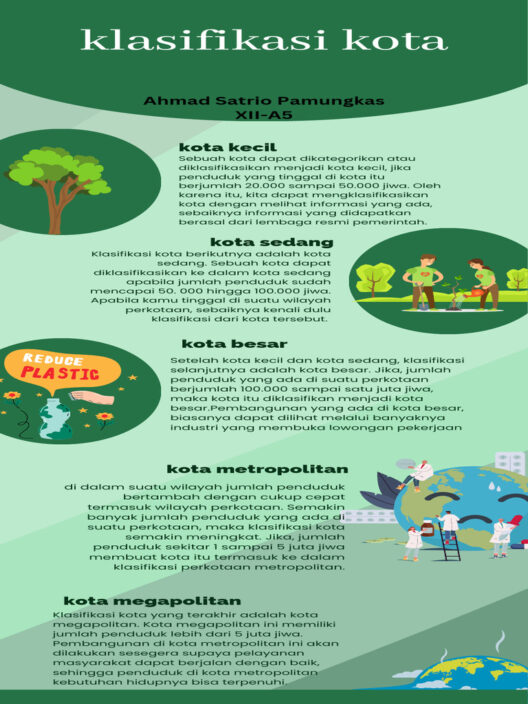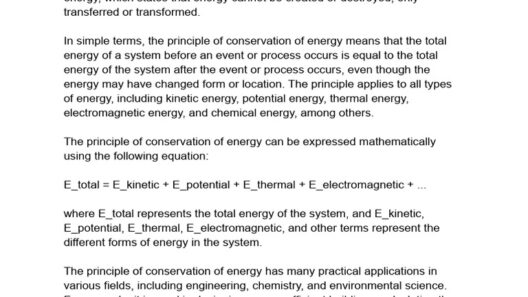As the world grapples with the impending consequences of climate change, the need for innovative solutions has never been more pressing. One of the most promising avenues is the conservation and utilization of thermal and heat energy. The following exploration emphasizes the significance of harnessing heat, delving into the technologies, strategies, and implications of thermal energy conservation.
Thermal energy, often seen as a byproduct in many systems, holds immense potential that can be harnessed sustainably. Both natural and human-made processes can generate heat energy, from the scorching rays of the sun to the warmth emanating from industrial machinery. Yet, the vast majority of this thermal energy remains untapped, wasted, or converted inefficiently. A shift in perspective regarding this abundant resource is essential. Rather than viewing heat merely as an inevitable output, embracing it as a potent energy source requires actionable strategies.
Understanding the significance of solar thermal energy is the first step in this transition. Unlike photovoltaic cells that convert sunlight directly into electricity, solar thermal systems harness sunlight to generate heat. This heat can be utilized for various applications, including water heating, space heating, and even in industrial processes. The advantages of solar thermal systems are manifold: they reduce reliance on fossil fuels, lower carbon emissions, and significantly enhance energy efficiency. In residential applications, solar water heaters can provide considerable savings on energy bills, while in commercial contexts, solar thermal technologies can drastically reduce operational expenses.
To capitalize on these benefits, it is essential to encourage infrastructure investments. Developing solar thermal power plants not only creates a cleaner energy source but also stimulates local economies through job creation. Community engagement and education are vital in fostering a collective understanding of how thermal energy can be utilized effectively. Partnerships between governments, private corporations, and communities can accelerate the deployment of advanced technologies, thereby maximizing the potential of solar thermal energy.
Furthermore, the concept of heat recovery presents another avenue for conserving energy. In many industrial processes, significant heat is discharged into the environment as waste. However, capturing and reusing this heat can lead to remarkable energy savings and efficiency improvements. Heat exchangers, for example, can repurpose this waste heat for other processes, thereby reducing the overall energy demand. Industries that adopt heat recovery systems not only enhance their bottom line but also contribute to sustainability goals.
The idea of district heating is another noteworthy approach. By creating a network of interconnected buildings that share thermal energy, communities can foster a collaborative spirit in energy consumption. Through the integration of localized heating systems, excess heat generated from one establishment can be utilized by another. This synergy not only reduces energy waste but also diminishes the need for redundant infrastructure, allowing urban areas to operate more efficiently.
Geothermal energy offers yet another frontier in the quest for thermal energy conservation. Drawing heat from the Earth’s crust, geothermal systems can provide a constant and reliable heat source for residential and commercial uses. With the proper infrastructure, geothermal energy can be harnessed as a primary heating source without the volatile nature of fossil fuels. Regions with geothermal potential can transform their energy landscape, promoting energy independence while mitigating carbon footprints.
The application of building design and technology can further enhance the effectiveness of thermal energy conservation. Passive solar architecture, which utilizes natural light and heat for energy efficiency, is an innovative design philosophy gaining traction. Structures can be optimized to absorb, retain, and redistribute sunlight, minimizing the need for conventional heating systems. This method is not only energy-efficient but also cost-effective in the long run, promoting sustainable living spaces.
Moreover, insulation and smart energy solutions cannot be overlooked in the quest for thermal energy conservation. Advanced insulating materials and techniques can significantly minimize heat loss in buildings, maximizing the efficacy of any heating system employed. Meanwhile, smart thermostats and energy monitoring devices empower individuals to make informed energy usage decisions, adapting consumption patterns to alleviate peak demands.
On a more personal level, there are numerous practices that individuals can incorporate into their daily lives to contribute to thermal energy conservation. Simple actions, such as adjusting thermostats, utilizing energy-efficient appliances, and implementing regular maintenance for heating systems, can culminate in substantial energy savings of both thermal and economic value.
The convergence of technology, community involvement, and individual action creates a multi-faceted approach to harnessing heat energy. It is a call to rethink how we perceive, utilize, and conserve thermal energy. As the global community stands at a crossroads, the realization of thermal energy’s potential is not merely a lofty ideal—rather, it is a pragmatic necessity. By embracing innovative solutions, investing in sustainable infrastructure, and fostering a culture of conservation, the dream of efficient thermal energy usage can be a tangible reality.
In conclusion, the necessity for comprehensive thermal energy conservation strategies is paramount in the fight against climate change. By focusing on utilizing solar solutions, recovery systems, geothermal potential, and innovative building designs, society can shift towards a more sustainable future. The promise of harnessing heat energy presents an opportunity not just for environmental stewardship but also economic resilience and social cohesion. It is a clarion call for action, encouraging all stakeholders to engage in the journey toward sustainable energy practices. Time is of the essence; collective efforts can transform the perception of thermal energy from waste to wealth.








